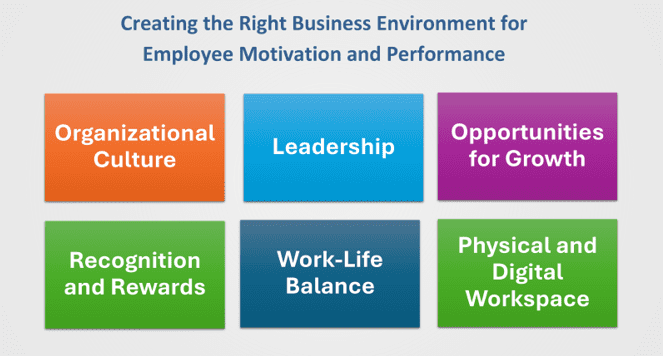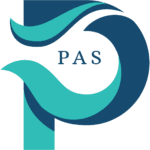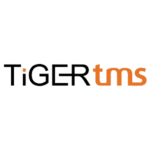This article is about the process of Training and Development. I have discussed the importance of Training and Development in a previous article and the 3 Types of training in another.
I am a certified Train the Trainer and I have been implementing trainings for the last 20 years and I always follow a specific structure when implementing trainings. There are different types of trainings as I discussed earlier and in order to be successful you need to follow the four stages as below: 
1. Identify training needs
There are 3 types of training – Initial, Ongoing and Corrective. The managers and leaders of a company will identify the trainings needed in order to achieve the vision and mission of the company. Currently, hospitality companies are constantly implementing trainings which is part of the company’s strategy, and the training needs are already identified, planned and budgeted.
2. Plan and design trainings
This step is where the leader will announce the training days to the trainees and explain the importance and the reason why this training will take place. This is a crucial step, especially for ongoing trainings, because employees will not be motivated to attend a training if they are not aware why it is implemented. The trainer will need to decide what type of training will execute, what material to use and most importantly what are the learning outcomes of the particular training session. At this stage the trainer will also prepare the handouts, online material, PowerPoint presentations or order ingredients and have equipment available if it is a hands on training.
3. Implement training
There are different ways to stage trainings. In our Hospitality Industry, a lot of trainings take place on the job, because there are many hard skills that are needed. Many trainings might start in a classroom or as a seminar and them move on to the practical aspect of the training. The use of technology and online resources, online and offline videos, presentations and software are also very popular amongst training managers.
As a Train the Trainer Certified, I always contact trainings based on the following structure:
I – The training will start with the manager explaining and performing the task. For example, if you are training staff to make coffee, you will show step by step the process of making the coffee. This will enable the trainer to showcase clearly the steps needed and answer any questions that the trainee has.
WE – The second step will be that both the trainer and the trainee will perform the tasks together in order for the trainer to guide the trainee step by step and answer questions. This will give confidence to the trainee because the trainer is always there to guide, help and intervene if needed.
YOU – In The last step, the trainee will perform the tasks alone and the trainer will be closely observing to make sure that the tasks are followed and to be able to intervene if needed. This will enable the trainee to be motivated because he/she is given the opportunity to perform the tasks in a secure environment, under the supervision of the trainer. This stage will also give confidence and empowerment to the trainee since he/she will be able to showcase the new skill that was meant to acquire.
4. Assess and evaluate results
After the training is finished, the trainer / manager should always get feedback from the trainers in order to make sure that everything was clear and the learning outcomes were achieved. Many companies will implement a survey that will enable the management to receive constructive feedback in order to review the results of the training. In many occasions, trainees will take a test in order to showcase the skills that have been attained. The next step is to evaluate the training on the job, observing the employees, making sure they follow what they have learned during the trainings.
The hospitality industry is implementing trainings in order to keep staff always current and updated, motivated and efficient. Many companies though, have chosen not to invest in training and development of their employees, thus losing the opportunity to stay competitive and increase customer loyalty. It is clear that the long-term results of T&D will exceed any costs that the company invested in those trainings.
Many hospitality companies nowadays, invest in Virtual Learning Environment – VLE – meaning that they create online platforms that employees can log in and find different types of training for any department and any position. Those VLE platforms offer a 24 / 7 / 365 learning and are usually updated constantly in order to cover all the Standard Operation Procedures- SOP. There are different types of training materials on this cloud platforms and include:
- Power Point Presentations
- SOP Manuals
- Articles about Current Trends
- E-Books
- Videos with step-by-step instructions
- Simulation Games and online role playing
- Synchronous and asynchronous Webinars
- Online Tests
Many hotel companies also invest in third party organizations with cloud-based training that employees can participate and they will be able to get also a certificate after passing a test based on the learning outcomes of the course. It is also important to include training material in other languages if the company has employees not fluent to the local language.
Training and development is crucial for any company and it is very wise for companies to incorporate them in their strategies. It is common knowledge that many hospitality and hotel companies incorporate the T&D of employees in the Vision and Mission and it is showcasing the culture of the organization. T&D is never ending and it needs to be implemented for all employees at all management levels and positions. Keep on teaching and keep on learning!



















